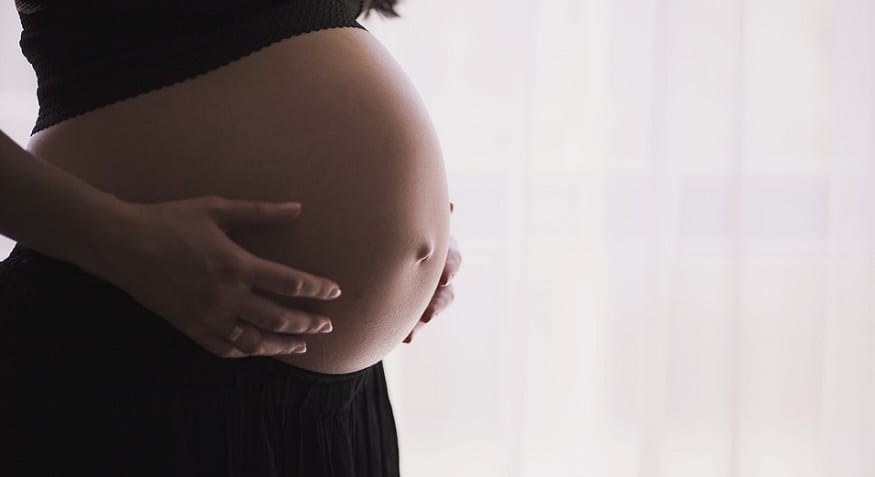The impact of rising global temperatures could soon become heartbreakingly evident to families.
Climate change could start raising the rate of American birth defects as soon as 2025, according to a new study. The research was published by the Journal of the American Heart Association last week.
The study showed the various ways in which longer and more intense heat events will affect pregnant women.
The research found that pregnant women are exposed to longer heat and more intense heat events, it has a measurable impact on their unborn babies. As a result, the study concluded that the United States will see more birth defects. More specifically, newborns will be more likely to have congenital heart defects, which will lead to increased regrets regarding having babies.
This isn’t something that will happen in the distant future. The research pointed to 2025 as the start of a marked difference in birth defect risk. Six years from now, babies will run a higher risk of congenital heart defects as a result of climate change. This will be particularly true in the Northeast, Midwest and the South.
The National Birth Defects Prevention Study was the largest of its kind, involving millions of births.
The western states won’t see birth defects rise as quickly as other parts of the country. The study predicts under 20 additional cases from 2025 to 2035 in western states. However, in the South, and the Northeast, there will be over 2,000 additional birth defects within that span of time. This means that the South will see a birth defect increase of 12 percent in that span of time, and the Northeast will experience a frightening 38 percent increase.
The preliminary paper drew from the study’s data. It was an analysis of approximately 482,000 births every year from 1997 through 2007. The births took place in states ranging from California to Arkansas. The study authors paired this data with the latest climate change models in order to project future congenital heart defect trends as the planet continues to get warmer.
A congenital heart defect in a baby means that the heart doesn’t properly develop. This can mean that any range of problems can occur, some more severe than others. For instance, two common forms of congenital heart defect include a hole in the heart or leaks in the heart valves.
This is a very serious health risk for babies. It is currently the leading cause of infant mortality and morbidity in the United States. Already, 40,000 newborns are affected by these types of condition every year. By 2025, climate change will have caused that number to be strikingly higher.
“Our findings underscore the alarming impact of climate change on human health and highlight the  need for improved preparedness to deal the anticipated rise in a complex condition that often requires lifelong care and follow-up,” said University of Albany’s School of Public Health professor, Shao Lin, the senior author of the study.
need for improved preparedness to deal the anticipated rise in a complex condition that often requires lifelong care and follow-up,” said University of Albany’s School of Public Health professor, Shao Lin, the senior author of the study.
